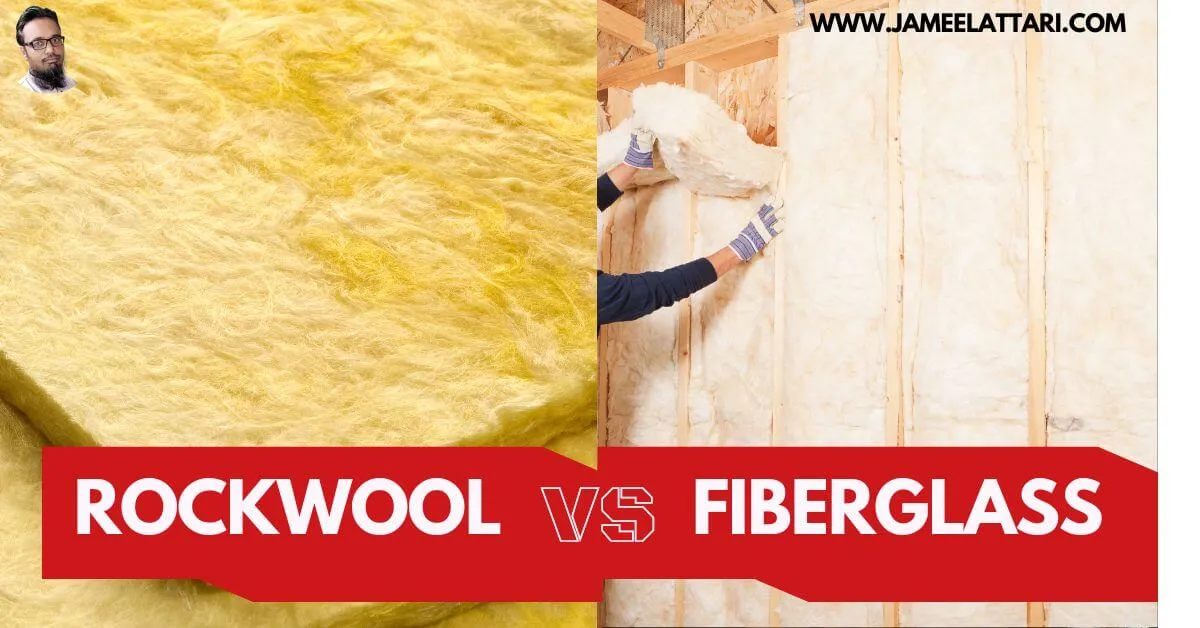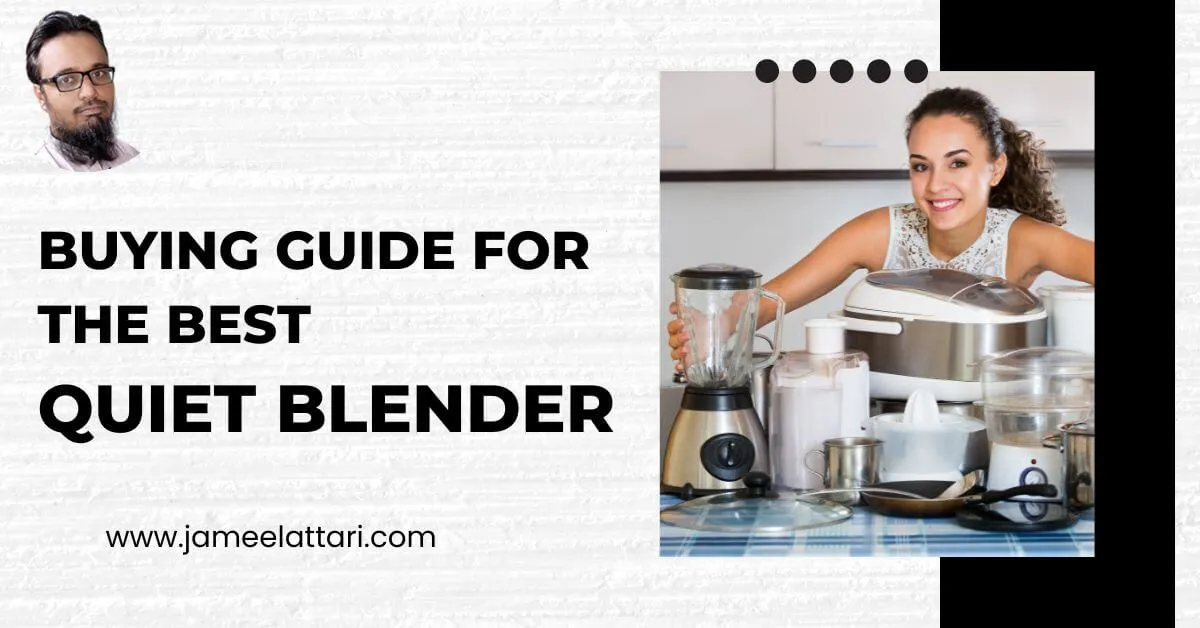Rockwool Vs Fiberglass Insulation: Which One Is Better?
Rockwool vs Fiberglass: Which insulation material is right for you? Discover the differences and benefits of Rockwool and fiberglass insulation in this comprehensive comparison. From thermal performance to fire resistance and eco-friendliness, learn which option suits your needs. Make an informed decision on Rockwool vs Fiberglass for optimal energy efficiency and comfort in your home or building.

Understanding Rockwool Insulation
Explain what Rockwool insulation is and how it is made. Highlight that it is composed of volcanic rock or minerals that are melted and spun into fibers. Discuss the key properties of Rockwool, such as its excellent fire resistance, thermal performance, and sound absorption capabilities. Emphasize its eco-friendliness and its role in promoting energy efficiency.
Exploring Fiberglass Insulation
Define fiberglass insulation and its composition, which involves glass fibers bonded together. Describe the manufacturing process, where glass is melted and spun into fibers. Discuss the thermal insulation properties of fiberglass and how it effectively reduces heat transfer. Mention that fiberglass insulation is widely used due to its affordability and its application in both residential and commercial buildings.
Comparing Key Features
This section focuses on comparing the key features of Rockwool and fiberglass insulation:
Thermal Performance
Compare the R-values, which measure the insulation effectiveness, of Rockwool and fiberglass. Discuss which material offers better insulation and has higher R-values.
Sound Absorption
Evaluate the ability of both materials to reduce noise transmission. Discuss their effectiveness in improving acoustic comfort within buildings.
Fire Resistance
Compare the fire safety attributes of Rockwool and fiberglass. Highlight Rockwool’s superior fire resistance, as it does not burn and can withstand high temperatures without releasing toxic fumes.
Moisture Resistance
Discuss how each material handles moisture and potential mold growth. Mention that Rockwool is resistant to moisture and does not promote mold growth, while fiberglass may require a vapor barrier in certain applications.
Eco-Friendliness
Compare the environmental impact and sustainability of Rockwool and fiberglass. Discuss Rockwool’s natural composition and recyclability. Highlight any eco-friendly manufacturing processes or certifications associated with each material.
Installation and Maintenance
Explain the installation process for both Rockwool and fiberglass insulation. Discuss any specific considerations or challenges associated with each material. For example, mention that Rockwool may require specialized tools for cutting and fitting, while fiberglass should be handled carefully to avoid skin irritation. Touch upon the maintenance requirements, such as cleaning or potential deterioration over time.
Cost and Value
Compare the initial cost of Rockwool and fiberglass insulation. Discuss any long-term cost benefits, such as energy savings or durability. Consider factors like the lifespan of the insulation, potential energy efficiency incentives or rebates, and the overall value provided by each material.
Suitability and Applications
Explore the ideal use cases for Rockwool insulation, such as in high-temperature environments or areas prone to fire hazards. Discuss its suitability for insulating walls, roofs, and floors. Similarly, discuss where fiberglass insulation excels, such as in standard residential applications or where cost is a significant factor. Mention any specific considerations for different climate zones or building types.
Conclusion
Summarize the key points of comparison between Rockwool and fiberglass insulation. Emphasize that readers should consider factors like performance, cost, and environmental impact when making their insulation choice. Encourage them to consult professionals or conduct further research to determine the best option for their specific needs.
Closing thoughts
Invite readers to leave comments or questions for further discussion. Provide suggestions for related blog posts or resources to expand their knowledge on insulation topics. Thank readers for their time


